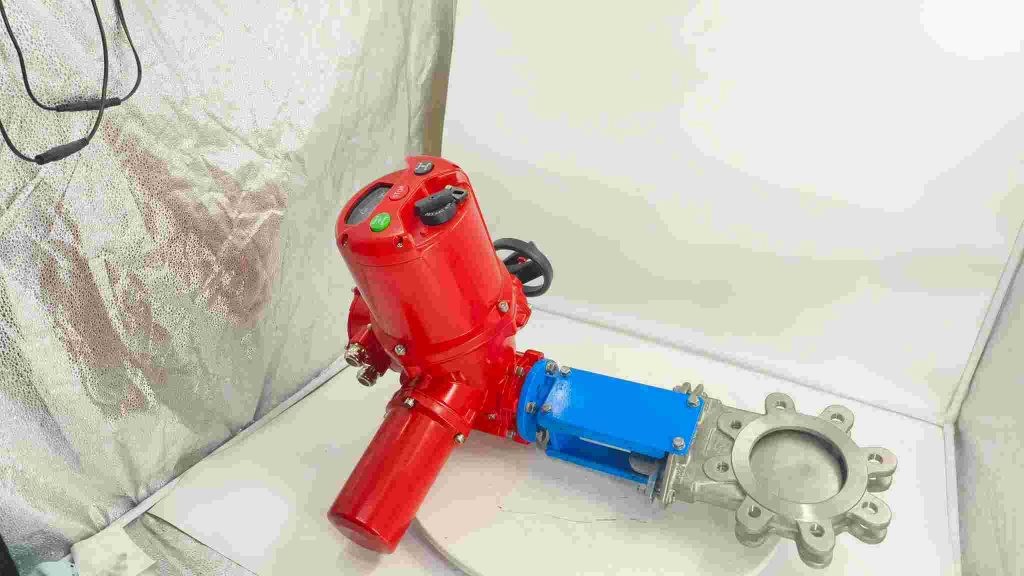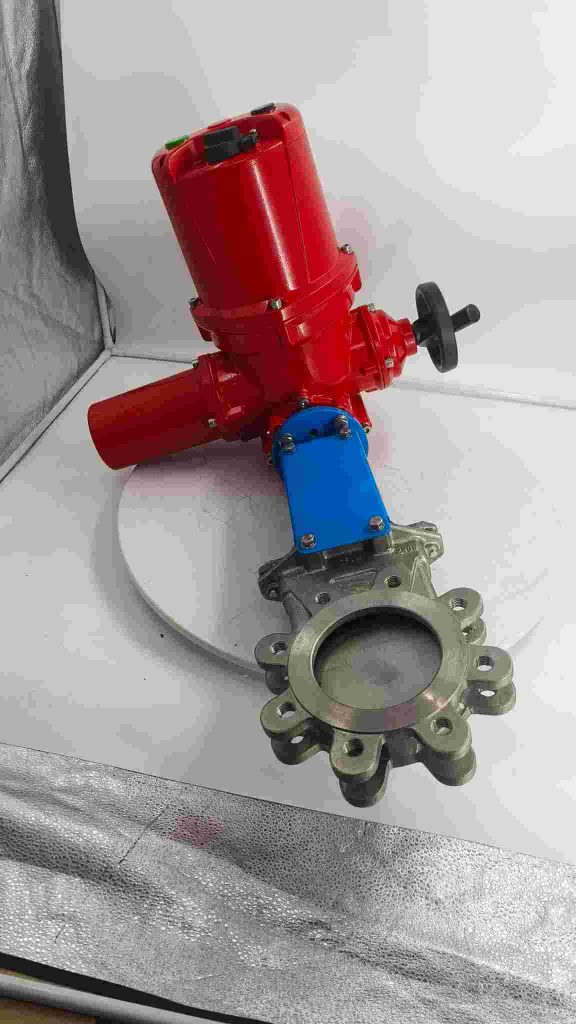Stainless steel electric gate valves are crucial components used in fluid control systems across various industries, from oil and gas to water treatment and chemical processing. These valves combine the reliability and corrosion resistance of stainless steel with the automation benefits of electric actuation, making them indispensable in applications requiring precise flow regulation, minimal maintenance, and durability. This article delves into the design, advantages, applications, and maintenance considerations of stainless steel electric gate valves.

Design and Working Mechanism

A stainless steel electric gate valve is a type of valve used to start or stop the flow of fluids through a pipeline. The “gate” refers to the valve’s internal mechanism, which is a solid metal disc or gate that slides into and out of the flow path. When the valve is open, the gate is lifted completely out of the way, allowing free fluid flow. When the valve is closed, the gate blocks the flow, sealing the system. The “electric” aspect refers to the use of an electric actuator to operate the valve, as opposed to manual or pneumatic actuators. Electric actuators are powered by electricity and can be controlled remotely or automatically, making them ideal for applications where manual operation is impractical or unsafe. The electric motor drives a screw mechanism that moves the gate, providing precise and reliable control over the flow of fluid.
